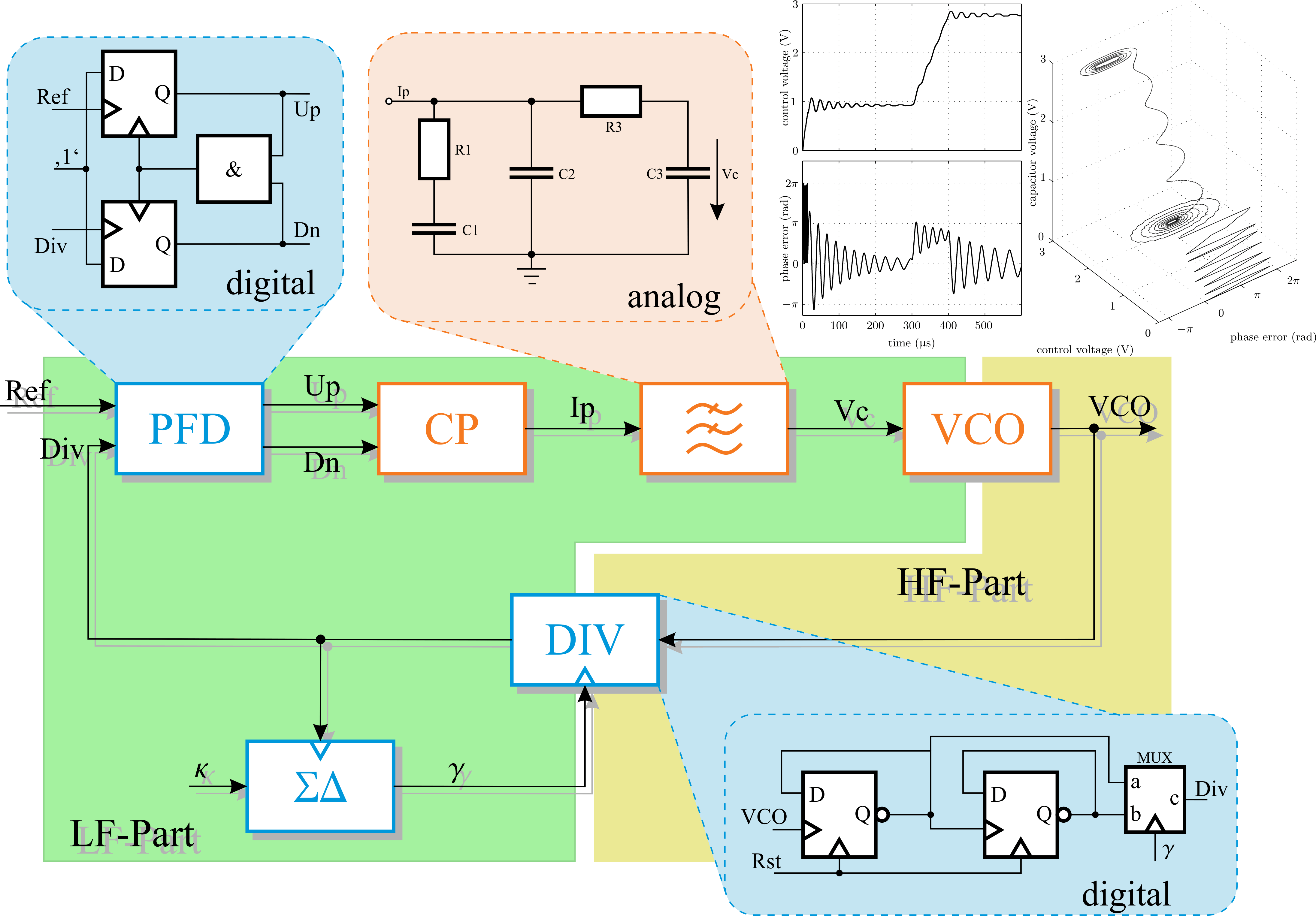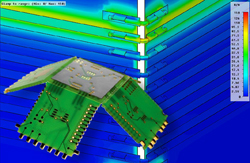Design of Electrical and Multi-Physical Systems


The spectrum of tasks during the development of complex micro and nanoelectronic systems encompasses all relevant areas of system design, starting from the chip, through packages and modules right up to the PCB. A major focus of this work lies on the characterization of complex electronic systems by modeling, simulation and measurement of parasitic electromagnetic effects. For this purpose the department SWS employs several commercial simulation tools, such as CST Studio Suite and Agilent ADS, as well as highly sophisticated measurement instruments that allow for the analysis of a large diversity of parasitic effects. The combination of these disciplines allows to characterize and analyze new technologies like e.g. wireless power and data transfer, 3D molded interconnect devices (3D-MID) and sensor systems even before manufacturing prototypes.
Since with increasing levels of complexity of systems to be simulated the time costs and therefore the overall costs increase, an efficient and precise modeling that enables significant reductions in calculation time is needed. Thus, techniques are analyzed in order to find the transmission behavior of very diverse structures that best approximate the time and frequency domain behavior. For nonlinear systems this is achieved by using neuronal networks. By employing specific methods to identify parameters and systems, the input and output behavior of complex systems can thereby be approximately described. For the class of nonlinear systems new concepts, methods and algorithms are being researched and developed as well as automated design concepts (i.e. hardware / software co-design) that are linked with commercial software products are being created.
A further key research area, the department SWS is focused on, is the analysis and advancement of accurate and very time and computer resource efficient event-driven simulation models for mixed-signal systems. An example for such a system is the phase-locked loop (PLL). It is required in applications ranging from modulation and demodulation, clock and data recovery up to the synchronization and frequency synthesis. For an optimal and robust design of PLLs an efficient model for the highly nonlinear behavior of such circuits is essential. Hence, non-ideal effects like e.g. dead zone, voltage controlled oscillator characteristic and noise are being incorporated into an event-driven model to optimize the design for a large range of different boundary conditions as well as to increase overall quality of the application.
 Fraunhofer Institute for Electronic Nano Systems
Fraunhofer Institute for Electronic Nano Systems